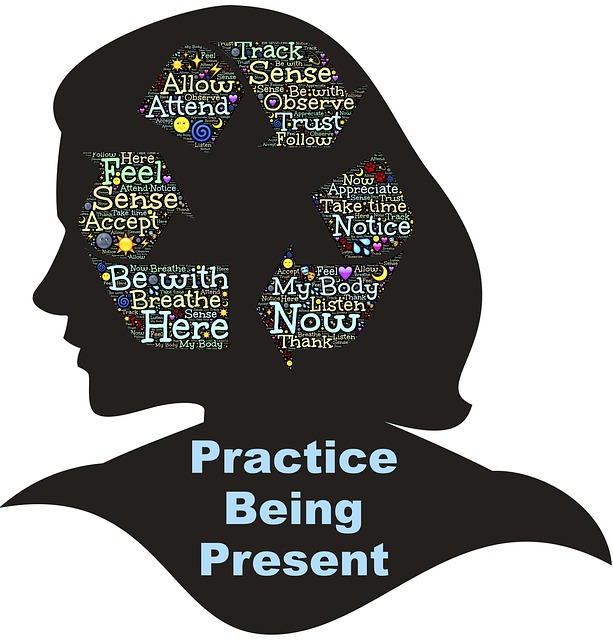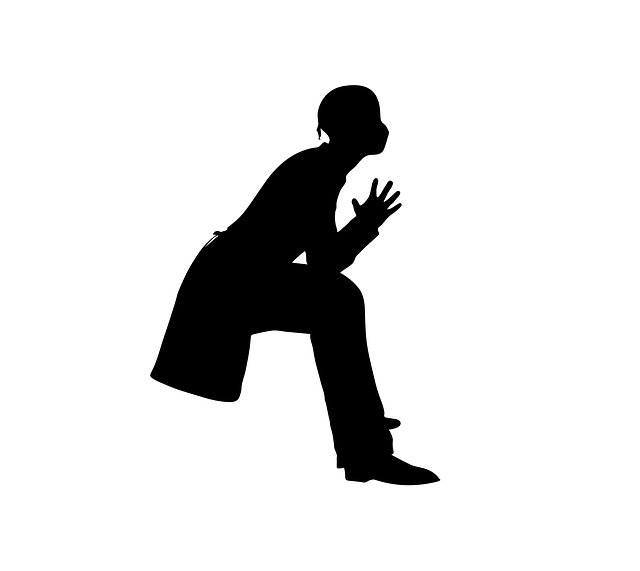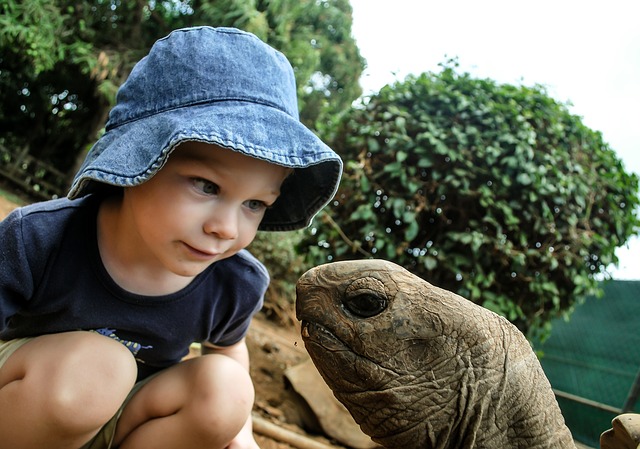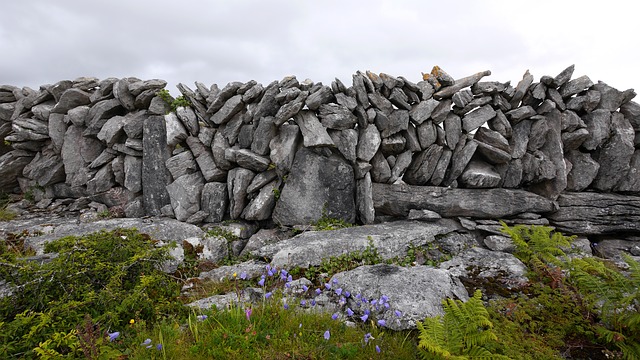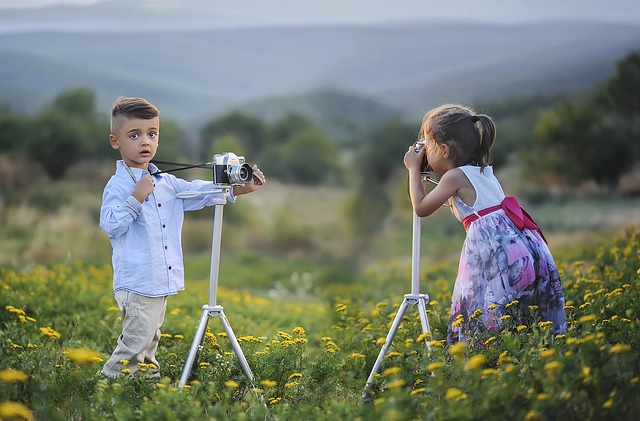Sharon Salzberg, in her presentation provided as part of the Mindfulness & Meditation Summit, focused on the theme, The Art of Mindful Connection. Sharon is the author of ten books, including Real Love.
Sharon made the point that real love is not a commodity to be exchanged, it is not simply about reciprocation -“I’ll do something for you, if you do something I want in return.” In her view, love does not mean unwillingness to express your own needs or feelings or coming from a place of neediness.
At times, real love is “tough love”, expressed as a readiness to say “no”, when the context, situation or your needs require that response. It does not mean just agreeing with the other person for the sake of peace or a false sense of making them happy.
Sharon spoke of love as a capacity – a capacity for real connection which flows out of being mindful. Real love creates real connection and is developed through mindfulness practice and being mindful in the situation when we encounter people.
The problem is that we all bring our conditioning and assumptions to every interaction – some being more negatively impactful than others. We each have our own conditioning and assumptions developed as a result of our family environment, our work experience and/or life events.
Our conditioning may mean that we are wary of dissenting, reticent to express our feelings and needs or have difficulty trusting others. Adverse events in our life may contribute to a tendency to look for, and see, only the negatives we experience, e.g. when reviewing our day, we may only focus on what we did wrong, our lack of achievement and/or our disappointments.
Our assumptions play a major role in how we relate to others. We can show interest in people (who we assess as interesting), look right past others or consider others to be not worth talking to.
Sharon told the story of a writer friend of hers who, on first sight of a woman who had approached him, assumed that she was not intelligent or not “with it”. It turned out that the woman was very intelligent and was actually a professional proof-reader for a publisher.
This example resonated strongly with my experience of my own unfounded assumptions which I described in my previous post about removing blockages to learning and performance.
Sharon encourages us to engage in meditation practice and honestly confront ourselves – to look squarely at the impact of our conditioning and assumptions on our relations with others.
She suggests, for instance, that in conversations with ourselves that we ask penetrating questions. We could ask, for example, “What groups do we think do not count?”, “Which of our assumptions were at play in a recent interaction with someone else that did not work out as we expected?” or “Who have we been avoiding and why?”
Sharon urges us to be honest with ourselves in these conversations and not let negative emotions such as shame or embarrassment get in the road of a genuine exploration of how our conditioning and assumptions play out in our daily interactions.
She suggests that unearthing these impediments creates a new freedom – a liberation from the constraints that prevent us from achieving mindful connection with others. Mindfulness, in her view, is the gift of liberation.
As we grow in mindfulness through meditation and conversations with ourselves, we can free ourselves from the conditioning and assumptions that hold us back from genuine engagement with others. By becoming progressively unfettered in the way we relate and being able to give our full attention to the other person, we can create meaningful and mindful connections.
By Ron Passfield – Copyright (Creative Commons license, Attribution–Non Commercial–No Derivatives)
Image source: courtesy of sasint on Pixabay


